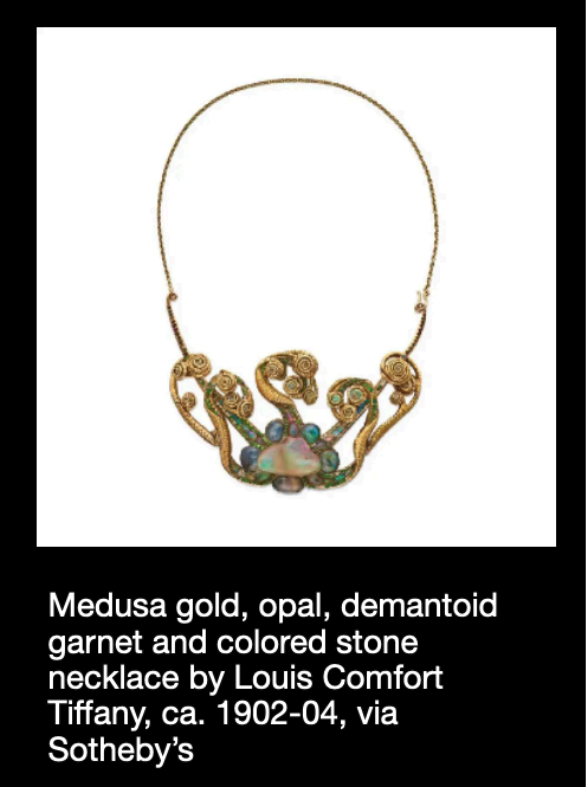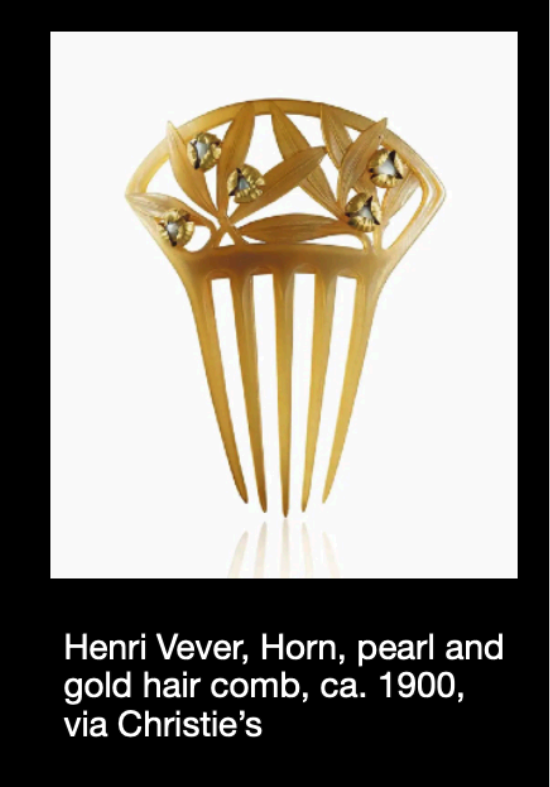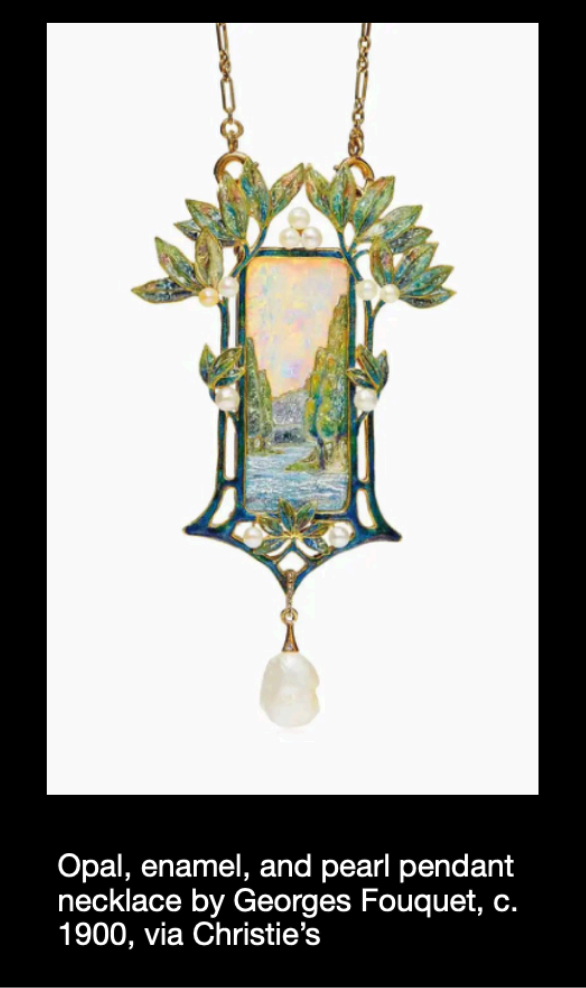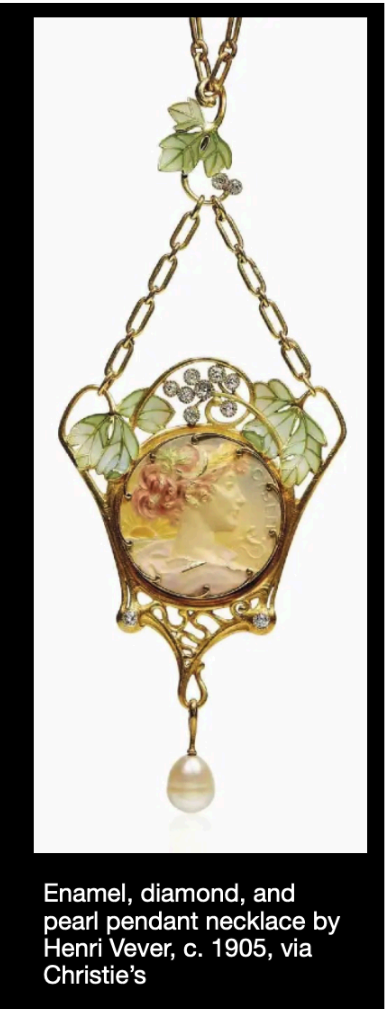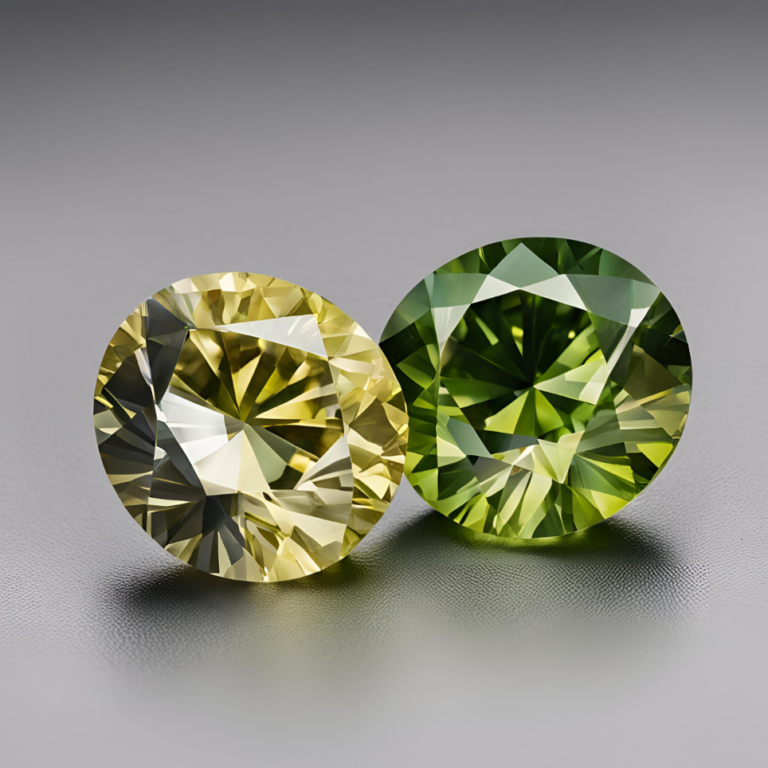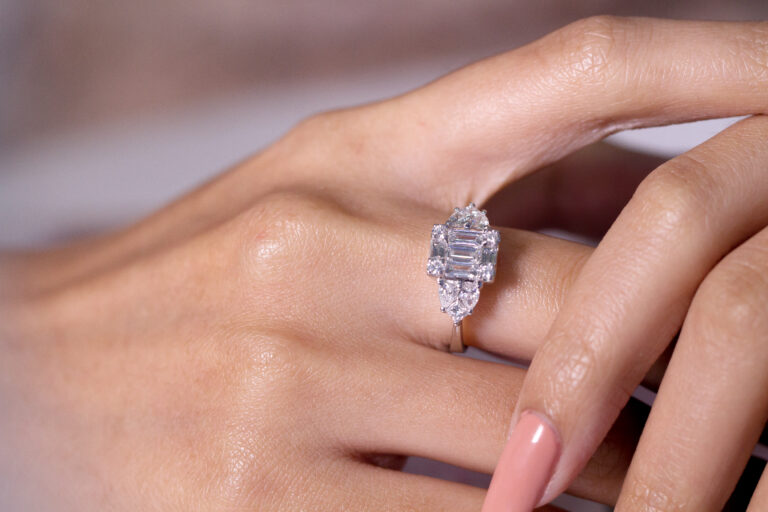It’s safe to say that the posthuman has lost touch with nature. In the age of technology and late modernity, we all need a breeze of realism to tone us down.
The spirit of any era is highly representative of the jewelry of that period. That’s when French women were fighting for more rights, education, and jobs. In a way, Art Nouveau was a reaction to the spirit of the time.
Before World War I, Art Nouveau was the movement that responded to radical classical art. History always shows us how us, human beings can’t stay within a certain box for far too long. In a way that’s how creativity pushes the norm away and wonders happen.
The masters of Art Nouveau imitated nature with the asymmetrical curvy lines and focused on floral ornaments therefore it assembled a very complex composition.
Traditionally, the value of materials in Western jewelry was the main criterion for the value of a finished piece, therefore they were made mostly out of gold and precious stones. Art Nouveau, however, challenged that. While still using gold, masters like René Lalique and Georges Fouquet employed far more humble materials such as horn, jasper, amber, glass, and enamel. Thus, the focus shifted from the prestige of materials to craftsmanship and the artist’s skill. Another unusual material was a pearl, and in particular, a specific type. While most jewelry masters gave their preference to perfectly round identical natural pearls, Art Nouveau craftsmen chose baroque pearls of irregular shapes and shades, finding them more visually appealing and suitable for their complex compositions. Jewelers till that time focused on the use of precious materials therefore, Art Nouveau jewelry was groundbreaking at the time since the focus was more on the originality of the design and the use of semi and non-precious materials
These works of art were not designed for the general public, but the general public was outraged by the jewel’s eroticism. As Gustav Klimt said, “ All art is erotic”.
That’s when the question arises, with the premise of eschewing mass-produced jewelry and the use of semi and non-precious materials, can we consider Art Nouveau principles sustainable?
It was only in the 1970s that the first sustainable development started at the UN Conference on the Human Environment held in Stockholm, that being the case, by incorporating sustainable use of materials, and ethical resourcing practices jewelers can reincarnate the sole purpose of Art Nouveau and what it stands for.
As customers and consumers we have to start valuing individuality and artistic expression, meanwhile, get detached from the new trends that serve no purpose for our style. Using ethically handcrafted jewelry is one way to lower the environmental impact.
